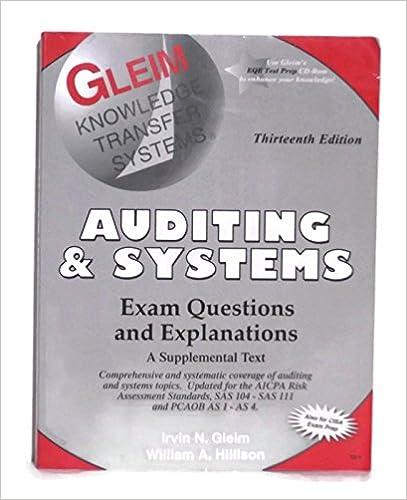Question
Septa is the manager of a bus company that serves the Philadelphia-Washington DC route. The demand curve facing each bus is: Number of Seats Sold
Septa is the manager of a bus company that serves the Philadelphia-Washington DC route. The demand curve facing each bus is:
Number of Seats Sold = 80 0.5 x Price
The variable cost of serving each seated customer is $20.
(For questions where Septa charges multiple prices, assume that there are segmentation fences in place such that the customers with higher WTP will pay the higher price.)
a. What is the maximum WTP in the market?
b. If Septa charges a price of $80 per seat, what is the profit for each bus?
c. If the price is $80 per seat, how much is the "Money Left on the Table"?
d. If Septa charges 2 prices, $120 (High Price) and $60 (Low Price), what is the profit for each bus?
e. If Septa charges 2 prices, $120 (High Price) and $60 (Low Price), how much is the "Money Left on the Table"?
f. If Septa charges 2 prices, $120 (High Price) and $60 (Low Price), how much is the "Pass-Up Profit"?
g. If Septa charges 3 prices, $120 (High Price), $70 (Medium Price), and $50 (Low Price), what is the profit for each bus?
h. If Septa charges a single price, what is the optimal price and what is the profit?
Step by Step Solution
There are 3 Steps involved in it
Step: 1

Get Instant Access to Expert-Tailored Solutions
See step-by-step solutions with expert insights and AI powered tools for academic success
Step: 2

Step: 3

Ace Your Homework with AI
Get the answers you need in no time with our AI-driven, step-by-step assistance
Get Started


